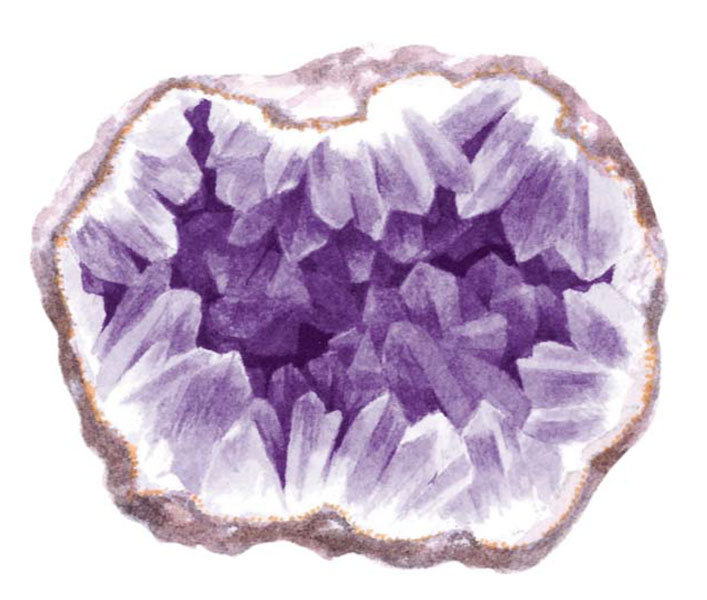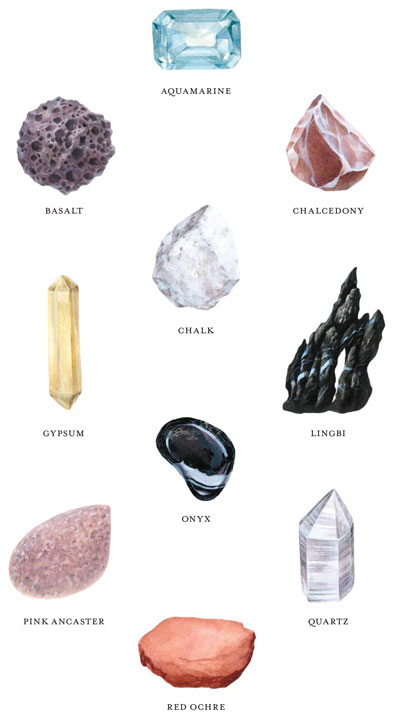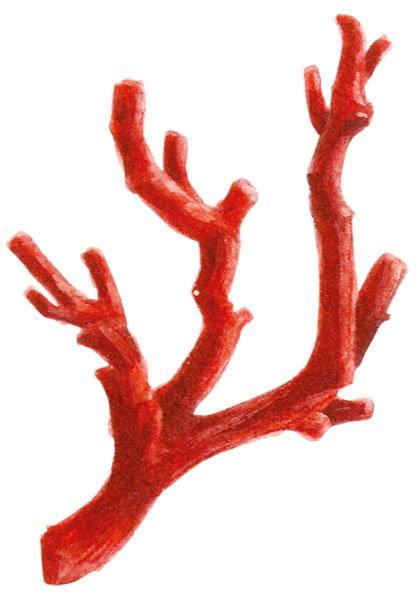Unearthing Hidden Treasures
By Jaime Herndon
Hettie Judah’s Lapidarium is a multi-disciplinary work that brings together the aesthetics of stones with their rich cultural and historical significance.
April 17, 2023
Science Culture Geology Mineralogy Petrology
A lapidarium is a place, usually in a museum, where archaeological findings are displayed, particularly those of stone, such as sarcophagi, stone carvings, tombstones, and parts or pieces of buildings. Sometimes it’s also used to describe a collection or display of gemstones. It is the latter that makes it a perfect title for Hettie Judah’s latest book, Lapidarium: The Secret Lives of Stones (Penguin, $30).
Judah is the chief art critic for the British daily paper TheI and is a regular contributor to a variety of websites and magazines, including the Guardian, Art Quarterly, Frieze, and more. She also studied the impact of motherhood on artists’ careers and then wrote a book, How Not to Exclude Artist Mothers (and Other Parents). Given her extensive experience in art, perhaps it’s no surprise that this book is not looking at stones from a strictly scientific angle, but one that braids together history, culture, and science.
The cover of the book shows vibrant swirls of blue, purple, orange, and yellow, and the inside pages have hand-drawn, colorful illustrations of stones. Broken up into six sections, each is tabbed with pages of a different color that represents the stones addressed there. The sections include: Stones and Power, Sacred Stones, Stones and Stories, Shapes in Stone, Stone Technology, and Living Stones. You don’t have to read the book in order; you can skip around the sections, reading about the stones to which you’re drawn most. Judah delves into history, mythology, geology, and religion to tell stories of each stone, bringing each one into our modern culture. Judah includes an illustration of each stone. These depictions are simple, yet intricately and thoughtfully drawn, without being overdone.
There are 60 stones in the book, and each has a unique history. Looking at a select few, we can see how human history—and life itself—are intertwined with these stones.

In the Sacred Stones section, various stones such as cinnabar, amethyst, and turquoise are explored. Crystals are in high demand these days, especially crystals such as amethyst that are used among certain movements of neopaganism and personal wellness. Judah writes about the glorious history of amethyst, how it makes appearances in the story of Dionysus, Greek god of the grape harvest, wine, and fertility and was also used by members of the Church of São Gabriel in Ametista do Sul, Brazil. Ametista is the self-proclaimed “amethyst capital of the world,” and there one can find amethysts to fit every budget.
Judah also explores the history and significance of turquoise: The Aztecs revered the stone, and it is a ubiquitous feature in the stories of the Indigenous peoples in the American Southwest. Judah notes that the Diné (Navajo) see turquoise as the color of the spirit realm, and even today pieces of the stone can be found all over Chaco Canyon, a site that was once a hub of the region’s Indigenous civilizations.
Judah almost teases the reader with these historical snippets because she never goes too deeply into any one story or historical window. Her summaries of the complex stories of each stone seem intended to pique the reader’s interest, encouraging further research and pursuit of the rabbit trails that appeal to them.

When exploring basalt, which is under the Shapes in Stone heading, she writes that the rock is “the substance fundamental to the construction and regeneration of our world.” In the Mid-Atlantic Ridge, a mountain range deep in the Atlantic Ocean when oceanic plates pull apart, lava rises up in the cracks along the rift. Older rock is moved aside and new basalt forms at the rift—hence, how the ocean floor grows.

Coral is listed in the Living Stones section and is compared to humans in the sense that coral relies on grouped social structures. Each coral has hundreds of thousands of discrete polyps, but is also part of a larger colony of diverse corals. Corals are also very sensitive to any changes in the environment: sea levels, sediment, and temperature all affect them. The Great Barrier Reef is perhaps the most well-known example of coral, but Judah also writes about coral from the Mediterranean, Japan, Portugal, and Taiwan, as well as its symbolism in literature such as Ovid’s Metamorphoses.
The individual entries are fascinating, if also brief, and the book ends somewhat abruptly, without a conclusion or epilogue. I would have loved to see a section tying it all together in some way. Judah does write in the introduction that the book is a “jumbled collection of lithic curiosities.” If approached this way, the book is an entertaining read in which to get lost for a bit. The hand-drawn illustrations by Nicky Pasterfield add nice color, and the physical book itself is gorgeous, although I was surprised there were no photographs.
Lapidarium is a guided tour of the hidden histories of stones; it’s an exploration of how they fit into our lives through history, literature, science, myth, and more. It is not a scientific manual, nor is it a field guide for stones. Though smaller than your typical coffee table book, it would not be entirely out of place in a stack of such books. As the title suggests, the book is like an art gallery exhibit of stones—brief and beautiful, diverse and thought-provoking, but never going into great depth at any point. It is a collection of interesting tidbits, scientific findings, and stories to bring these stones alive. Through these summaries of different aspects of the stones’ histories, readers can be introduced to new facets of their “identities” and gain a broader appreciation for their symbolism and significance to various people throughout time.
American Scientist Comments and Discussion
To discuss our articles or comment on them, please share them and tag American Scientist on social media platforms. Here are links to our profiles on Twitter, Facebook, and LinkedIn.
If we re-share your post, we will moderate comments/discussion following our comments policy.